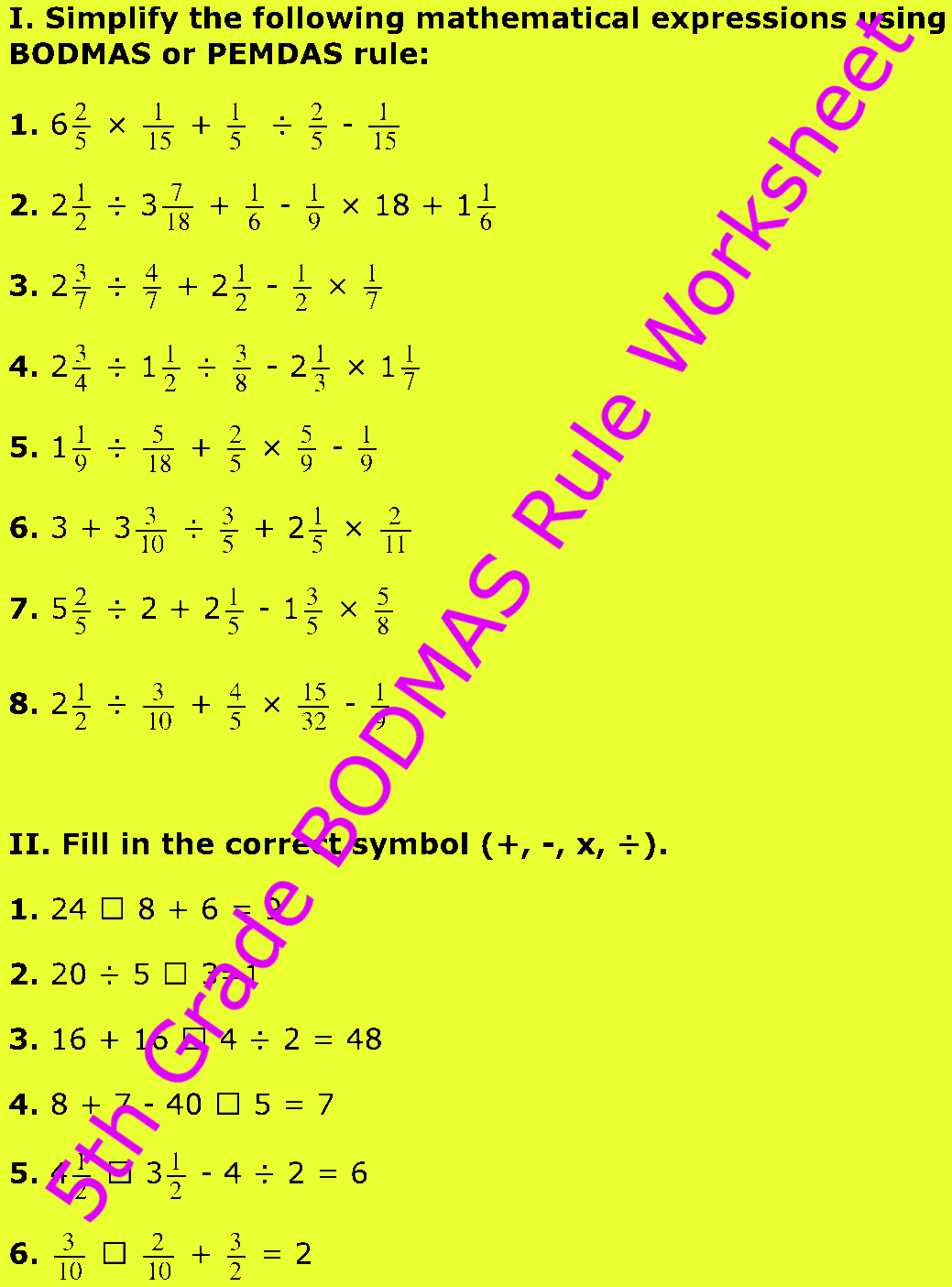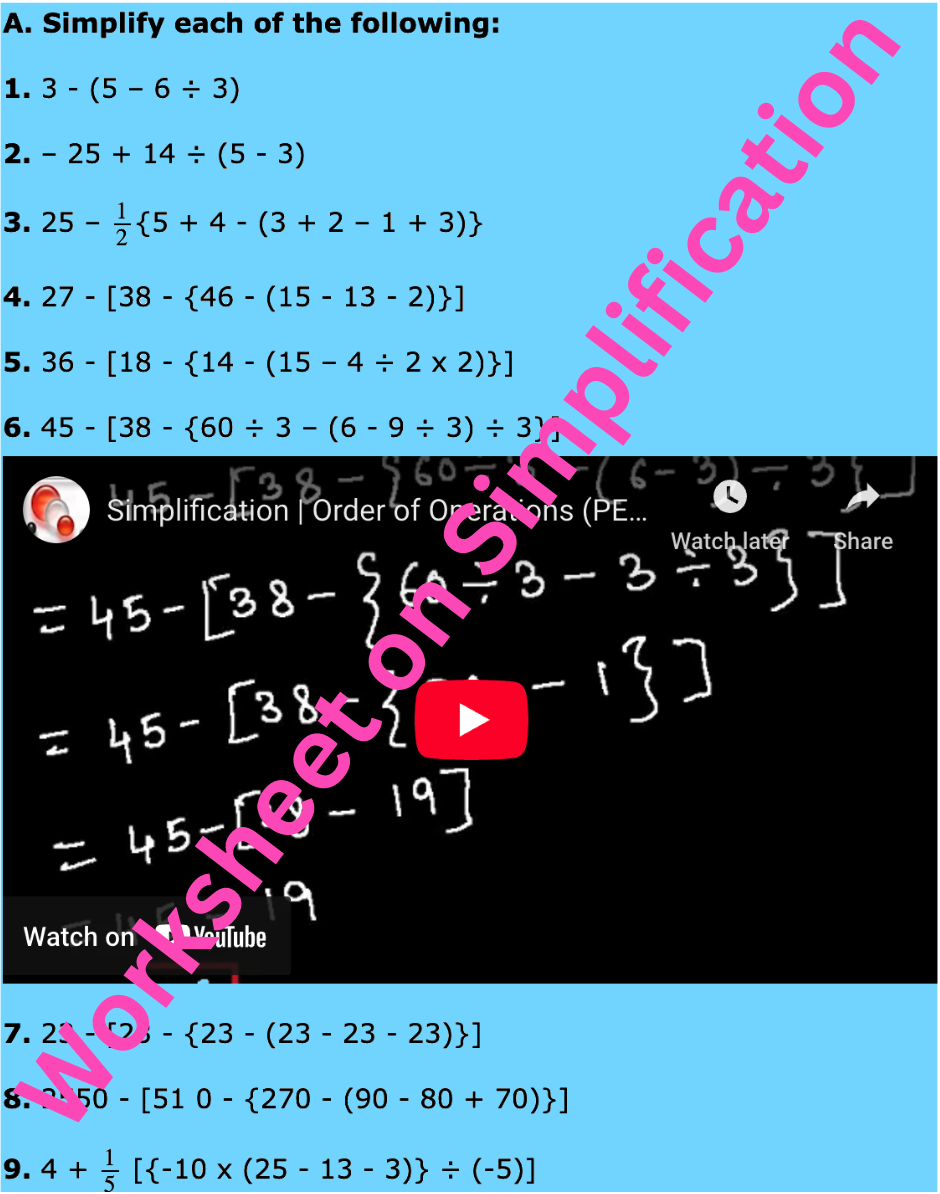Conditional Probability
Definition of Conditional Probability:
The probability of an event X is given then another event Y occurred is called conditional probability of X given Y.
It is denoted by P(X/Y).
P(X/Y) = P(X ∩ Y)/P(y)
Similarly, when the probability of Y given X is
P(Y/X) = P(X ∩ Y)/P(X)
Proof: Let an experiment E be repeated N times under identical conditions and X, Y be two events connected with E. Suppose, X occurs N(X) times and among these N(X) repetitions the event Y also occurs (along with X) N(XY) times.
Then N(XY)/N(X) is called conditional frequency ratio of Y on the hypothesis that X has occurred and denoted by f(Y/X). That is f(Y/X) = N(XY)/N(X). Let, limit n g ∞ f(Y/X) exists then this limit is P(Y/X). That is conditional probability of Y on the hypothesis that X has occurred.
|
Now, f(Y/X) |
= N(XY)/N(X)
= N(XY)/N/N(X)/N = f(XY)/f(X) |
Therefore, P(Y/X) = limit n ∞ f(Y/X) = P(XY)/P(X) ------------ (i)
|
Provided P(X) ≠ 0 |
Similarly if P(Y) ≠ P(X/Y) = P(XY)/P(Y) ------------ (ii)
|
Provided P(Y) ≠ 0 |
From (i) and (ii) we get the following multiplication rule;
P(XY) = P(X/Y) ∙ P(Y) = P(Y/X) ∙ P(X)
Provided P(X) ≠ 0 and P(Y) ≠ 0
Multiplication Theorem of Probability:
In an experiment suppose, X and Y are any two events then probabilities of both X and Y is given by
P(X ∩ Y) = P(X) ∙ P(Y/X) ------------ (i)
OR
P(X ∩ Y) = P(Y) ∙ P(X/Y) ------------ (ii)
If X and Y are independent, then
P (X/Y) = P(X) and P(Y/X) = P(Y)
Now substituting P(Y/X) = P(Y) in “equation (i)” , we get
P(X ∩ Y) = P(X) ∙ P(Y)
Similarly, substituting P(X/Y) = P(X) in “equation (ii)”, we get
P(X ∩ Y) = P(Y) ∙ P(X) = P(X) ∙ P(Y)
If X and Y are independent, then probabilities of both X and Y is given by
P(X ∩ Y) = P(X) ∙ P(Y).
Worked-out problems on Conditional probability:
1. Give the frequency interpretation of conditional probability.
Solution:
For a long sequence of repetitions of the random experiment under the uniform conditions, the conditional frequency ratio, f(Y/X) taken to be an approximate value of the conditional probability P(Y/X).
2. A mobile manufactured by a company consists of two types of mobile, red color mobile phone and black color mobile phone. In the process of manufacturing of red color mobile phone, 91 out of 100 are non defective. And in the manufacturing process of black color mobile phone, 95 out of 100 are non defective. Calculate the probability that the assembled type is non defective.
Solution:
Let X denote the event that red color mobile phone is non defective and
Y denotes the event that black color mobile phone is non defective.
Probability of non defective red color mobile phone P(X) = 91/100
Probability of non defective red color mobile phone P(Y) = 95/100
Here X and Y are independent
|
P(assembled type is non defective) |
= P(X ∩ Y) = P(X) ∙ P(Y) = 91/100 ∙ 95/100 = 8645/10000 = 0.8645 |
Therefore, P(assembled type is non defective) = 0.8645
3. In class X, 20% of the students are boys and 80% of them are girls. The probability that boys passed in mathematics is 0.5 and the probability that girls passed in mathematics is 0.10. One student is selected at random. What is the probability that the selected student is passed in mathematics?
Solution:
Let X denote the event that boy is selected,
Y denote the event that girl is selected and
Z denotes the event that the selected student is passed in mathematics.
P(X) = P(boy is selected) = 20/100 = 1/5
P(Y) = P(girl is selected) = 80/100 = 4/5
P(Z/X) = P(selected boy passed in mathematics) = 0.5
P(Z/Y) = P(selected girl passed in mathematics) = 0.10
P(selected student is passed in mathematics) = P(boy is selected and he is passed in mathematics or girl is selected and she is passed in mathematics)
So, required probability is
|
P(X ∩ Z) + P(Y ∩ Z) |
= P(X) ∙ P(Z/X) + P(Y) ∙ P(Z/Y) |
Therefore, P(selected student is passed in mathematics) = 0.18
Probability
Probability of Tossing Two Coins
Probability of Tossing Three Coins
Probability for Rolling Two Dice
Probability for Rolling Three Dice
From Conditional Probability to HOME PAGE
Didn't find what you were looking for? Or want to know more information about Math Only Math. Use this Google Search to find what you need.
Recent Articles
-
Counting Numbers from 1 to 50 | Match the Number | Missing Numbers
Apr 04, 25 03:46 PM
In counting numbers from 1 to 50, recognize the numbers, count and then join the numbers in the correct number order. Here we mainly need eye-hand coordination to draw the picture and maintain the num -
Counting Eleven to Twenty with Numbers and Words |Numbers from 11 - 20
Apr 04, 25 03:21 PM
Counting eleven to twenty with numbers and words are explained below. One ten and one more is eleven. Eleven comes after ten. One ten and two more is twelve. Twelve comes after eleven. -
5th Grade BODMAS Rule Worksheet | PEMDAS | Order of operations|Answers
Apr 03, 25 03:11 PM
In 5th Grade BODMAS Rule Worksheet you will get different types of problems on mathematical expressions involving different operations, mathematical expression with 'brackets' and 'of' and simplifying… -
Worksheet on Simplification | Simplify Expressions | BODMAS Questions
Apr 03, 25 02:58 PM
In worksheet on simplification, the questions are based in order to simplify expressions involving more than one bracket by using the steps of removal of brackets. This exercise sheet -
Divisible by 2 Video |Test of Divisibility by 2 Trick| Rules| Examples
Apr 03, 25 10:25 AM
A number is divisible by 2 if the digit at unit place is either 0 or multiple of 2. So a number is divisible by 2 if digit at its units place is 0, 2, 4, 6 or 8.





New! Comments
Have your say about what you just read! Leave me a comment in the box below. Ask a Question or Answer a Question.